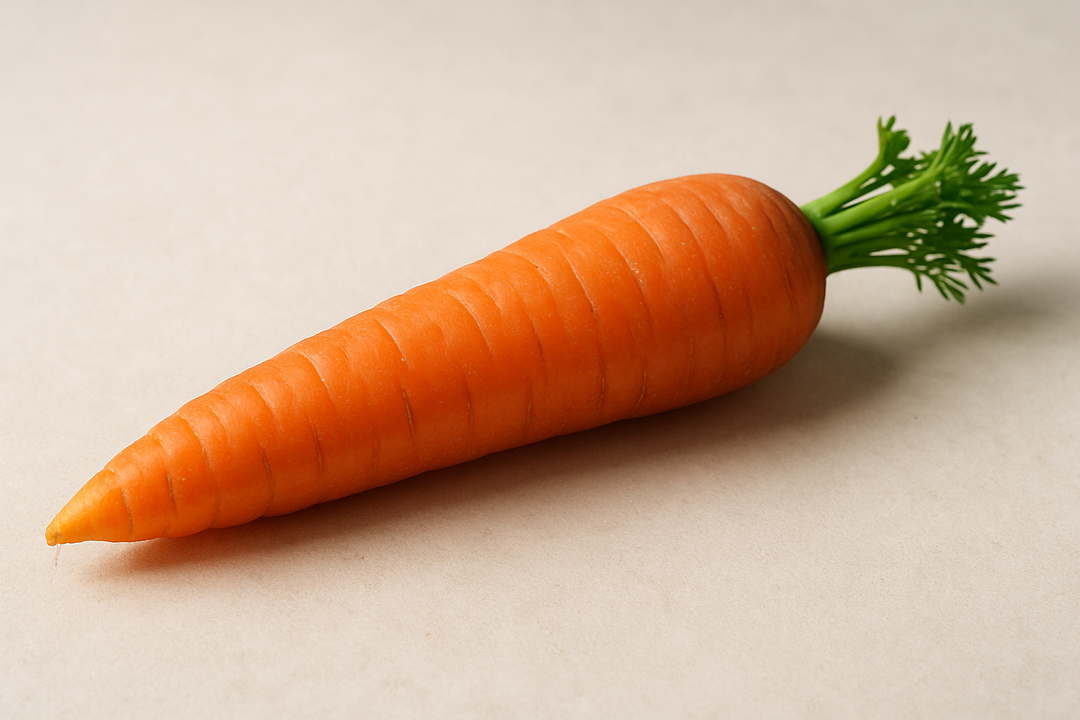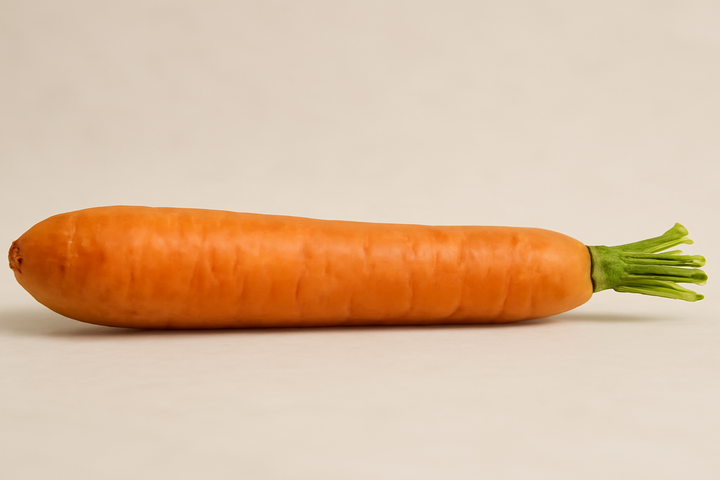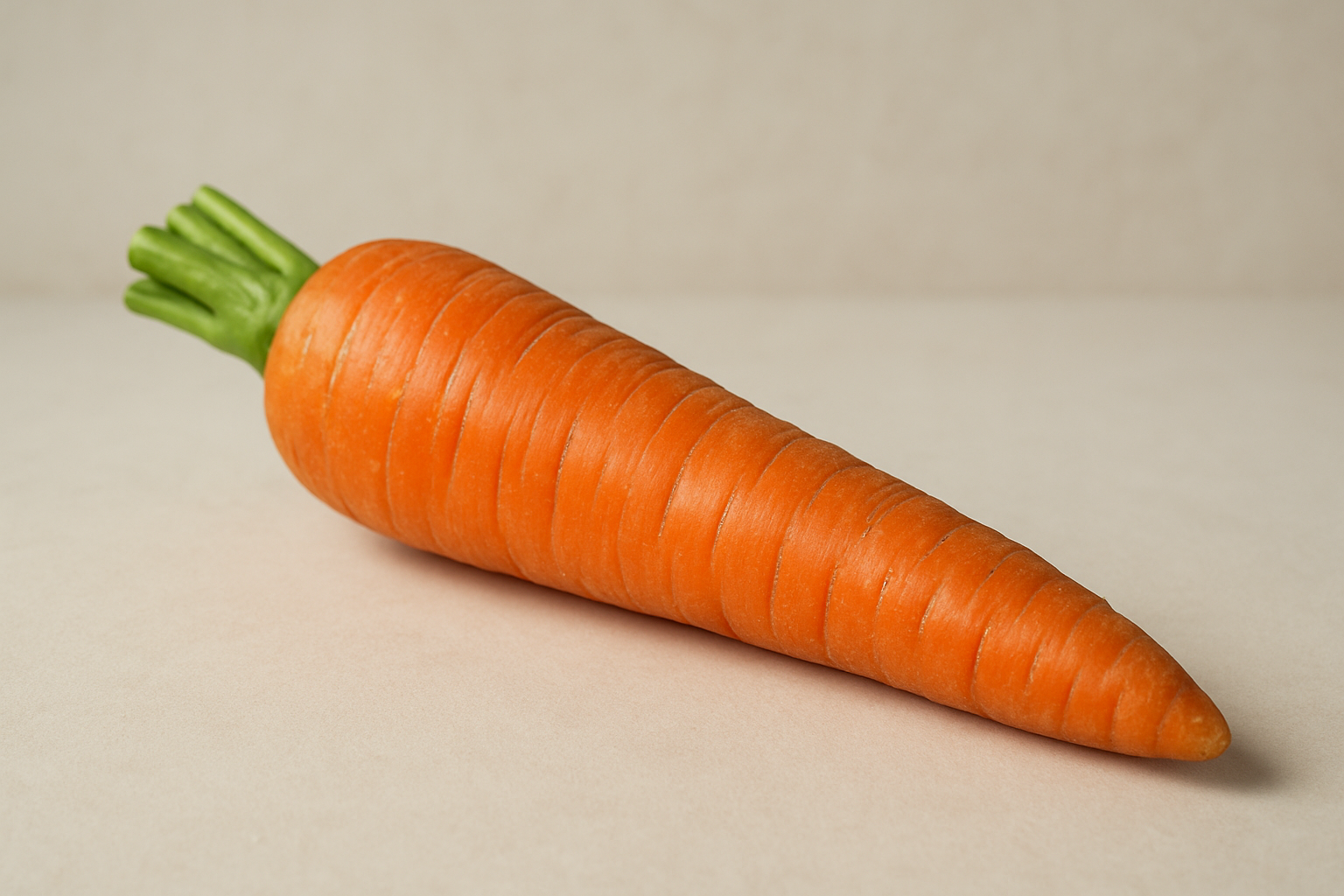Understanding penis size involves unraveling myths and focusing on scientific, medical, and lifestyle factors. While genetics and hormones play pivotal roles, lifestyle choices like diet and exercise can influence perceptions of size. By demystifying these influences and addressing societal misconceptions, individuals can reduce anxiety and foster a healthier body image.
When it comes to discussions about penis size, myths and misconceptions abound, often leaving many men feeling anxious and uncertain. But what truly determines the size of a penis? This question has intrigued people for ages and is often surrounded by societal pressures and misinformation. Understanding the underlying factors that contribute to perceived or actual smallness is crucial for dispelling these myths and providing clarity.
The Anxiety Around Penis Size
For many men, concerns about penis size can lead to significant anxiety and curiosity. This preoccupation is frequently fueled by societal expectations, media portrayals, and misinformation. The notion that bigger is always better can exacerbate feelings of inadequacy, despite the fact that penis size has little to do with sexual satisfaction or self-worth. It’s important to recognize that these concerns are common and often based on false premises.
Unveiling the Truth
This blog post aims to explore the scientific, medical, and lifestyle factors that influence penis size, offering a fact-based perspective. By delving into the causes of what might make a penis appear small, we can better understand the distinction between perceived and actual smallness. From genetic factors to environmental influences, the reasons behind penis size are varied and complex. Through this exploration, we hope to provide a balanced view that empowers readers with knowledge and reduces unnecessary anxiety.
As we proceed, we’ll examine the clinical condition known as micropenis, delve into genetic and hormonal influences, and consider how lifestyle choices can impact perceptions of size. By the end of this series, you’ll have a comprehensive understanding of the factors at play, helping to demystify the topic and promote a healthier perspective on penis size.
Understanding the complexities of penis size requires looking beyond the superficial and diving into the scientific and medical causes that can lead to a smaller size. One such condition is known as micropenis, a clinical term used to describe a significantly smaller than average penis. Clinically, a micropenis is defined as having a stretched length of 3.67 inches (9.32 cm) or less. This condition is relatively rare, affecting approximately 0.6% of men.
Micropenis: Causes and Conditions
The primary causes of micropenis are linked to hormonal deficiencies. During fetal development, adequate testosterone production is crucial for normal penile growth. If there is a deficiency in testosterone production, often due to issues with the hypothalamus, pituitary gland, or testicles, this can result in the development of a micropenis. Additionally, certain genetic syndromes such as Klinefelter syndrome and Prader-Willi syndrome are associated with this condition, further complicating the hormonal balance necessary for typical development.
Abnormal genital development during pregnancy can also be attributed to hormone regulation disorders. For instance, hypogonadotropic hypogonadism, a condition where the brain fails to send the necessary hormonal signals for testosterone production, can significantly affect penile growth. Understanding these medical conditions is essential for recognizing the difference between perceived and actual size issues.
Genetic and Environmental Influences
Genetics play a substantial role in determining penis size. Key genes such as homeobox (Hox) genes and the androgen receptor (AR) gene on the X chromosome are instrumental in regulating growth. Any mutations or disruptions in these genes can lead to variations in size. However, it’s not just genetics that come into play; environmental factors also have a significant impact. Exposure to endocrine disruptors—chemicals found in pesticides, plasticizers, and phthalates—can interfere with hormone functions during fetal development, potentially affecting penile size.
Moreover, nutrition during critical growth periods, such as pregnancy and puberty, can influence development. Poor nutrition can hinder overall growth, including that of the penis, underscoring the importance of a balanced diet during these stages.
Other Factors Affecting Perceived Size
Beyond genetic and hormonal causes, other factors can affect the perceived or actual size of the penis. Aging is one such factor, as it can lead to shrinkage due to the reduction of muscle cells in erectile tissue and decreased blood flow. Obesity can also make the penis appear smaller, as excess fat can envelop the shaft, reducing visible length.
Surgical procedures, particularly radical prostatectomy, can result in anatomical changes and nerve damage, leading to a reduction in penile length. Conditions like Peyronie’s disease, characterized by penile curvature due to scarring, and erectile dysfunction can further contribute to changes in size or erectile length.
By understanding these diverse factors, we can better appreciate the complexity of penis size and the various influences at play. This knowledge is vital for dispelling myths and reducing the anxiety often associated with this topic. In the next section, we will explore lifestyle and health-related factors that can impact perceived size, offering practical insights for those seeking clarity and confidence.
While medical and genetic factors are significant in determining penis size, lifestyle and health-related factors also play a crucial role in how size is perceived. Understanding these elements can help demystify concerns and encourage healthier perspectives.
Lifestyle Choices and Their Impact
Diet and exercise are fundamental aspects of maintaining overall health, which indirectly influences perceptions of penis size. A balanced diet rich in essential nutrients supports optimal body function, including circulation. Good circulation is vital for erectile function, which can affect how size is perceived during arousal. Regular exercise, particularly cardiovascular activities, enhances blood flow and can help maintain a healthy weight, reducing the fat pad around the pubic area that can obscure the penis.
Moreover, avoiding harmful habits such as smoking and excessive alcohol consumption is crucial. These habits can impair blood flow and lead to conditions like erectile dysfunction, affecting perceived size. By adopting a healthy lifestyle, individuals can enhance their overall well-being, which may positively influence how they perceive their body.
Psychological Impact and Societal Pressures
The perception of penis size is often influenced by psychological factors and societal pressures. Media portrayals and cultural myths about size can lead to unrealistic expectations and self-esteem issues. Understanding that penis size does not equate to sexual prowess or personal worth is essential for mental health. Engaging in open conversations and educating oneself on the realities of penis size can help combat these pressures.
Therapy or counseling can be beneficial for those struggling with self-esteem issues related to size. Professional guidance can provide strategies to improve body image and promote a healthier self-perception.
Conclusion
Penis size is determined by a complex interplay of genetic, hormonal, and environmental factors, with lifestyle choices also playing a significant role. Understanding these influences helps distinguish between true medical conditions like micropenis and perceived size issues due to other factors. By fostering a factual understanding and addressing societal misconceptions, individuals can reduce anxiety and embrace a more positive body image.
Frequently Asked Questions
What is considered a normal penis size?
The average erect penis size is typically between 5 to 6 inches (12.7 to 15.24 cm). However, size can vary widely among individuals, and what is considered “normal” encompasses a broad range.
Can lifestyle changes affect penis size?
While lifestyle changes cannot physically increase penis size, they can improve overall health and circulation, potentially enhancing erectile function and the perception of size.
Is there a way to medically increase penis size?
Medical interventions, such as surgery or hormone therapy, are available but come with risks and limitations. These methods are typically reserved for cases of micropenis or significant functional issues.
How do hormonal imbalances affect penis size?
Hormones, particularly testosterone, play a crucial role in penile development and growth. Imbalances during critical developmental periods can affect size, as seen in conditions like micropenis.
Are there non-surgical options for enhancing size?
Non-surgical methods, such as vacuum devices or traction therapy, may offer temporary or modest improvements in size. However, their effectiveness varies, and they should be used with caution.




